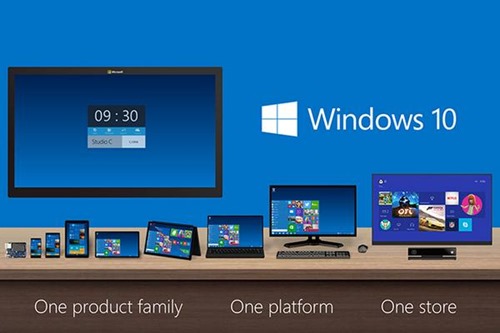I don’t have all that much for you, but the big news is the Azure Site Recovery (ASR, Microsoft’s DR site in the cloud) now supports VMware virtual machines and physical servers, without using System Center. You do need to run some stuff on-prem and in the cloud to make it work though, so there will be a tipping point where the solution becomes affordable.
Azure
- Announcing the GA of Disaster Recovery for VMware Virtual Machines and Physical Machines to Azure using ASR: Now you can replicate VMware virtual machines and physical servers to Azure for disaster recovery (DRaaS) or business continuity (BC).
- Availability of Linux RDMA on Microsoft Azure: If you want to do HPC or push big data on Azure Linux VMs, limited to SUSE Linux Enterprise Server 12 (SLES12) right now.
- Azure Batch Generally Available: I think it’s more of interest to those writing on-prem or cloud based mass processing apps.
- Building Linux-Based Solutions on Azure Jump Start: An online event to get you going with Linux on Azure.
- Try the new Azure Authenticator application: A new oAuth app for multi-factor authentication, not just for AAD, but also other services including Google.
- Designing Your Network Infrastructure For Disaster Recovery: A whitepaper to guide you on this critical step.
- Backups or replications that use Microsoft Azure Recovery Services Agent fail after December 9, 2015: Uh, whoops! Carry out those updates.
- ”Run As” with Azure Automation Hybrid Worker: A method for executing runbooks on-premises with specific non-system permissions.
- You can now ingest Syslog data into OMS from Azure Linux VMs: If you use Azure Diagnostics, Operations Management Suite can ingest syslog data from storage accounts configured to store your diagnostics data. As of the publication of this blog post, OMS can ingest all logs routed through syslog or RsyslogD.
System Center
- What’s new in System Center Configuration Manager Technical Preview 2: Available now. Lots of interesting stuff including “Support for installing Configuration Manager on Azure Virtual Machines”.
- Setting up Multicasting in Microsoft Configuration Manager 2012: Love this feature. Save some bandwidth and speed up those mass deployments.
Office 365
- Announcing archiving for non-Microsoft data in Office 365: Thanks to extensive collaboration and deep integration with Actiance and Globanet, Office 365 extends its rich and comprehensive archiving solution to cover a wide array of third-party data sources.
- Announcing preview of new Skype for Business services in Office 365: Skype Meeting Broadcast, PSTN Conferencing (The Curse of Zune), and Cloud PBX with PSTN Calling (also suffering The Curse of Zune). So that’s just Skype Meeting Broadcast.
- Office 2016 Preview—Update 2: New charts, live view co-authoring, Excel/PowerPoint Insights, Tell Me, Hand writing conversion for equations.
- Announcing compliance toolset for public folders: The Office 365 archiving and eDiscovery toolset is being extended to include public folders.
- Announcing new activity logging and reporting capabilities for Office 365: Summarising a number of corporate compliance tools.






